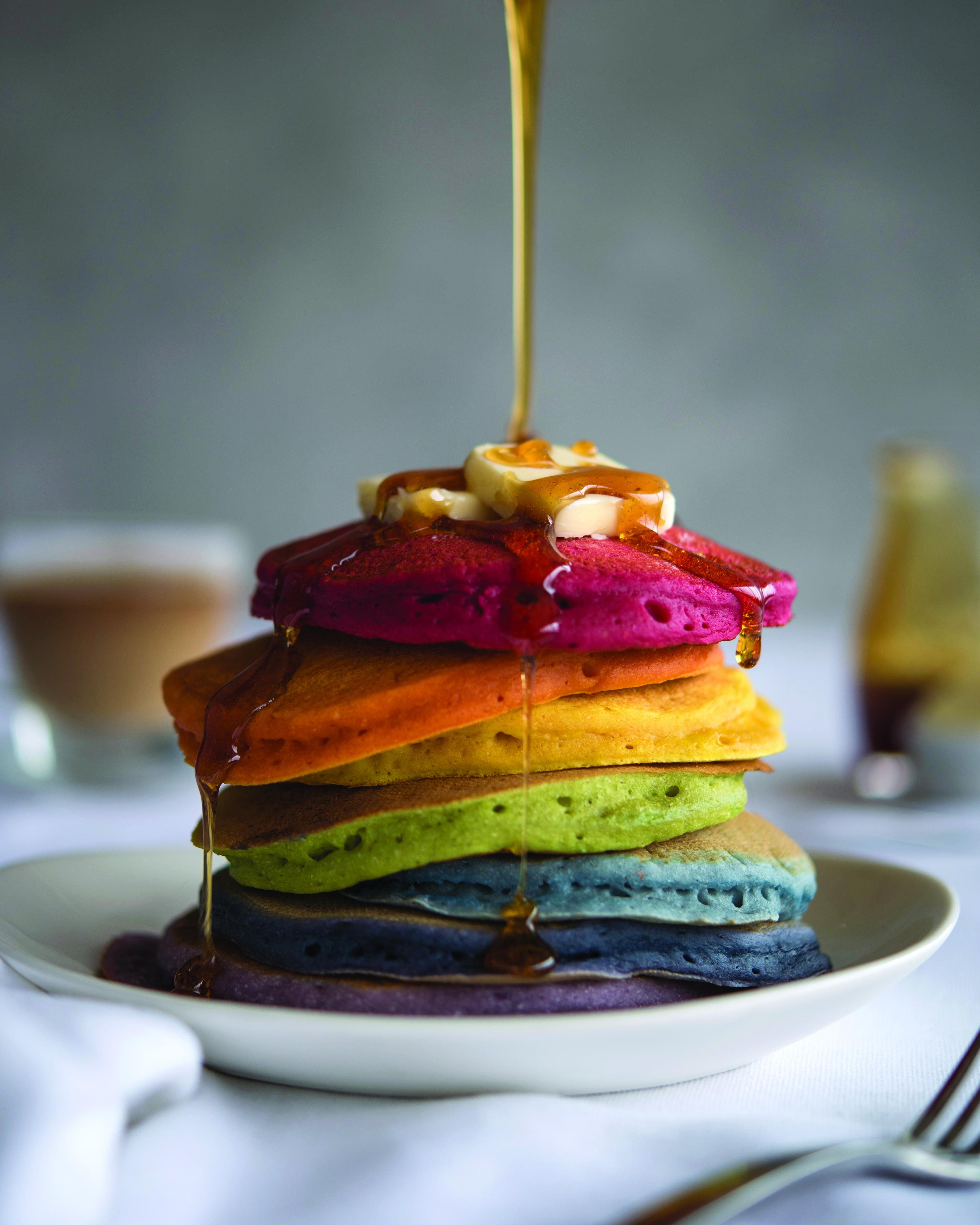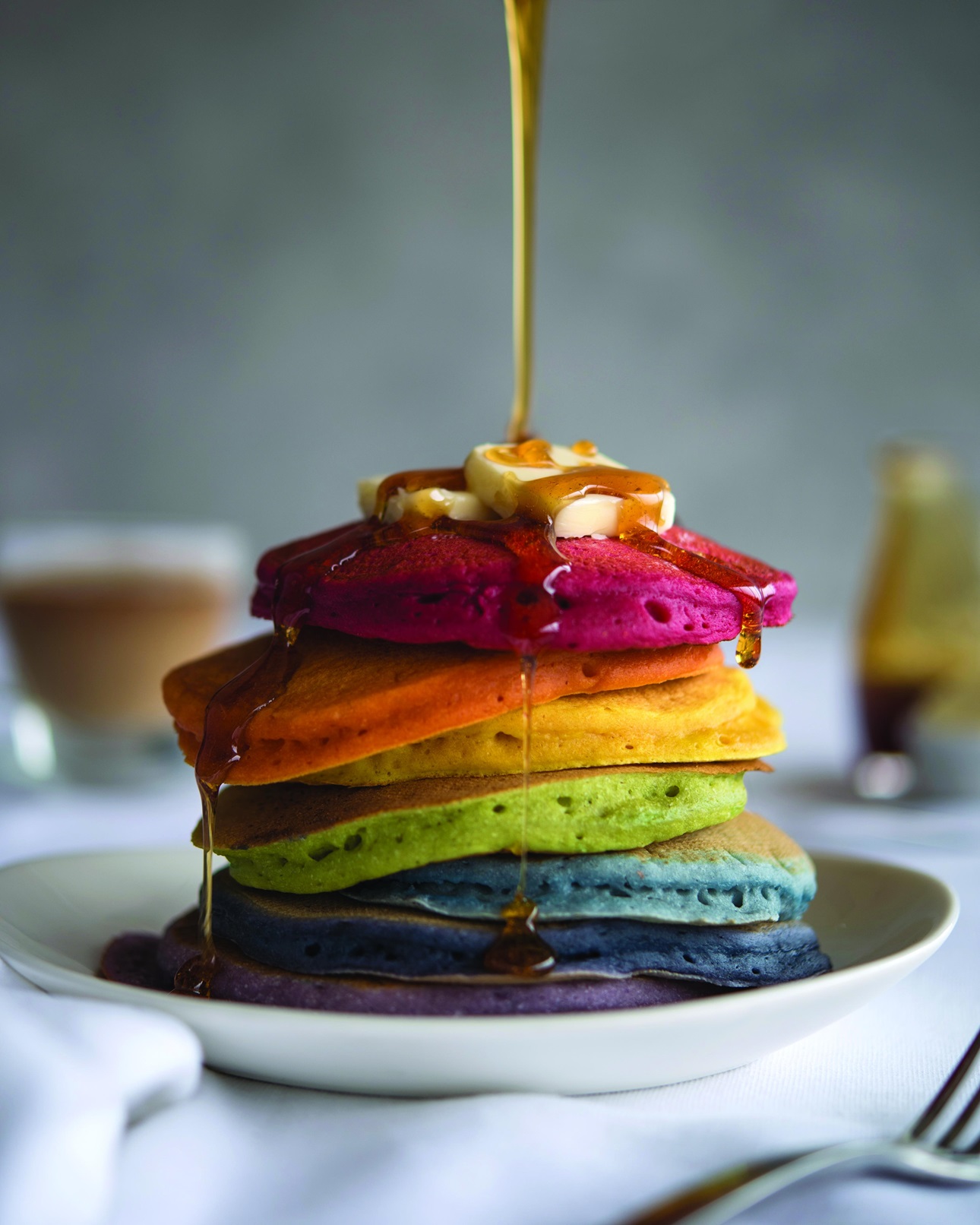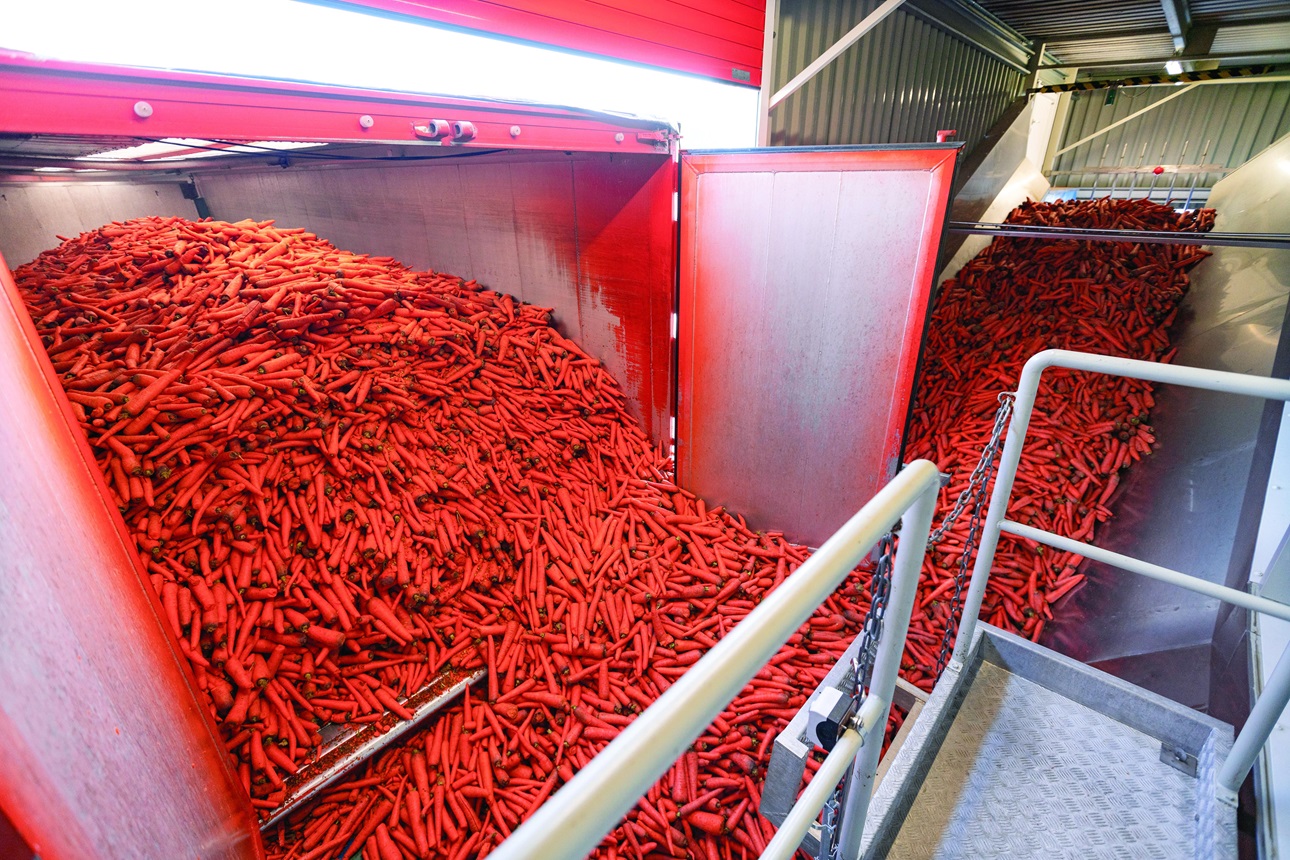Coloring Foods: It's Only Natural
INGREDIENTS
Estimates of the size of the global food colors market vary, but those who track it agree on a couple of things: The market is growing rapidly, and the natural colors segment is driving that growth as more and more consumers attempt to steer clear of artificial ingredients.
For GNT Group, the ability to capitalize on this trend comes, well, naturally. In fact, you might say that GNT has been prepared to address the demand for natural food colors since the time of its founding more than 40 years ago by Horst Hoeck, a PhD chemist who developed a technology for extracting colors from fruits, vegetables, and edible plants without the use of chemical processes.
Today GNT, which bases its operations in the cities of Mierlo in The Netherlands and Aachen, Germany, offers food and beverage makers an array of more than 400 coloring food ingredients—all derived from nature. The privately held company is led by two of the founder’s sons, Frederik and Hendrik Hoeck.
Given consumers’ mounting interest in clean label foods, the time is certainly right for naturally sourced colors, Frederik Hoeck told a group of journalists who recently toured the company’s facilities in Mierlo and Aachen. The trend away from synthetic colors can be seen in most markets around the world, Hoeck noted. “Generally, globally there is a big trend toward natural colors,” said Hoeck. “In Europe, we are further [along] than in the United States, but in the United States there is a trend toward more natural colors. Asia is a little bit behind but also picking up fast.
“What I think they [the markets] all have in common,” Hoeck continued, “is that consumers would like to know what they are eating, where does their food come from, is it good for them, is it good for others? Sustainability is a very important topic in the food industry, and GNT is in the heart of the sweet spot for all three major trends [traceability, healthfulness, and sustainability]. We want to give transparency to the food industry and to rebuild consumer trust in the food industry in the area of colors.”
What Consumers Want
Hoeck’s position is supported by consumer research. In 2017, GNT teamed with market research institute TNS for a survey of 5,000 consumers in 10 countries. In that survey, 79% of respondents said they expect natural products to be made without the use of artificial colorants, and 60% of respondents agreed with the statement that “freedom from artificial colors is an important characteristic influencing my purchasing decisions.”
GNT markets coloring foods under the brand name EXBERRY. A coloring food is pretty much what it sounds like—a coloring for food made from food. Unlike additive colors, which are produced via selective extraction (a process that often employs chemicals), and artificial colors, which are chemically synthesized, coloring foods come from edible raw materials and have not undergone any chemical processes. The company relies strictly on physical processes such as pressing, chopping, filtering, and concentrating to derive or extract colors from raw materials.
In Europe, “coloring food” is an established regulatory classification, and some other markets have also adopted the term. In the United States, coloring foods are listed on ingredient labels as “fruit and/or vegetable juice (for color).”
Locally Grown Colors
To source many of the vibrant hues offered to product formulators, GNT replies upon its closely monitored vertical supply chain. About 80% of the crops used to produce EXBERRY coloring foods are grown locally and transported quickly from field to factory to ensure freshness.
Since its inception, the company has cultivated close relationships with its growers, and GNT agronomists work side by side with contract farmers from seed selection to harvesting in order to ensure that the crops deliver maximum color content and optimal hues. None of the crops used to produce EXBERRY colors are genetically modified. “Since color degradation occurs after harvesting, we strive to realize the shortest possible time period between crop harvesting and further processing,” said head agronomist Michael Goetschkes. “Typically, this period is a matter of hours.”
Ensuring a consistent supply is a critical ingredient for business success as a supplier of coloring foods. “When working with nature, there are always surprises,” said Hoeck. “And it’s our job to balance out the fluctuations in nature to make sure that our customers always get a perfect, stable, standardized product. … We believe that only through strong vertical integration can you control your supply chain and be less dependent on external fluctuations.”
GNT’s two factories produce about 8,500 tons of concentrates annually, which is enough to color 35 billion servings of food. The company maintains an 18-month supply of frozen color concentrates stored in multiple locations to ensure that it is prepared to meet customer demand even if its growers don’t have an optimal yield in a particular year.
What’s Possible Now
Of course, consumers and manufacturers expect more than just naturally sourced colors; they also want colors that are intense and bright—and easy to work with. Recent advances in natural colors development have made them more competitive with artificial colors, which traditionally have been less expensive and of higher intensity. Natural colors today also are better able to withstand the demands of processing conditions.
“Forty years ago, natural colors were very much too expensive, were not stable, and the colors were not as vibrant as artificial,” said Hoeck. “This picture has changed tremendously in recent years. We have become better every year at giving more and more possibilities to our customers.”
This past summer, for example, GNT announced that it had developed a range of high-intensity blue powders derived from spirulina. The new blues can be used in lower doses and offer greater stability in formulations than previously available blue shades. GNT produces blue coloring foods from spirulina at a sophisticated, fully automated processing facility in Mierlo, which has allowed the company to double its production of spirulina-derived blues.
In Aachen and other application centers around the world, including Tarrytown, N.Y., GNT color specialists provide clients with guidance on formulating with natural colors. During the journalists’ visit this fall, application technologist Björn Krimmel demonstrated the way that color can be affected by a product’s fat content, mineral content, and pH; by heat and light; and even by the order in which ingredients are combined in a formulation. For these reasons, he emphasized, food and beverage formulators “should think about color at an early stage of product development.”
“Coloring foods or EXBERRY colors are not plug and play in terms of artificial colors,” said Hoeck. “It’s very important to have a close connection between our R&D team and the R&D team of our customers.”
Collaborating closely in order to deliver the best possible result in a food or beverage product is a priority for GNT, said Hoeck. “Sometimes a big innovation is not a new crop,” he reflected. “It sometimes lies in the details of how our products can work in a final application. By solving a problem at the customer level, by modifying processes, by slightly modifying our product to make it work in their processes—it might be a small innovation but have a big impact.








